U.S. flies stealth fighter jets over South Korea
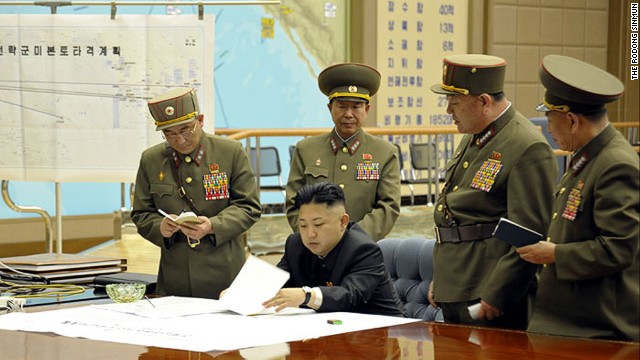
The United States deployed stealth fighter jets to South Korea on Sunday as part of ongoing joint military exercises between the two countries, a senior U.S. defense official said.
The F-22 Raptors were sent from Japan to the main U.S. Air Force base in South Korea to support air drills as part of the annual Foal Eagle training exercises. The United States' participation in Foal Eagle is intended to demonstrate the country's "commitment to stability and security in the Asia-Pacific Region," the U.S. military command in South Korea said in a statement. Earlier in March, the U.S. Air Force flew B-52 bombers over South Korea.
The deployment follows growing rhetoric from North Korea, which reached a fever pitch over the weekend. But the Pentagon and the South Korean government have said it's nothing new.
"We have no indications at this point that it's anything more than warmongering rhetoric," a senior Washington Defense official said late Friday.
The official was not authorized to speak to the media and asked not to be named.
State media: North Korea in 'state of war' with South
The National Security Council, which advises the U.S. president on matters of war, struck a similar chord. Washington finds North Korea's statements "unconstructive," and it does take the threats seriously.
"But, we would also note that North Korea has a long history of bellicose rhetoric and threats, and today's announcement follows that familiar pattern," said Caitlin Hayden, a spokeswoman for the security council.
The United States will continue to update its capabilities against any military threat from the North, which includes plans to deploy missile defense systems.
No, North Korea can't hit Hawaii
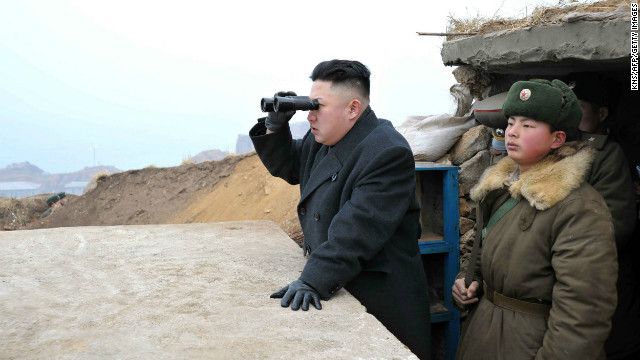
North Korea's hot rhetoric
Pyongyang's propaganda machine flung new insults at the United States on Saturday.
It compared the U.S. mainland with a "boiled pumpkin," unable to endure an attack from a foreign foe, the state-run Korean Central News Agency reported.
North Korea, on the other hand, could sustain an offensive from the outside, the report said. It claimed the government had built shelters around the country "against any enemy nuclear and chemical weapons attack."
The rhetoric and military show of force by the North have heated up in the face of the annual joint military exercise between South Korean and U.S. forces.
The routine maneuvers are carried out in accordance with the armistice that put an end to armed hostilities in 1953. There was no peace treaty to officially end the war.
North Korea's threat: Five things to know
The North Korean government declared the armistice invalid on March 11, 10 days after Foal Eagle began. It is something Pyongyang has done before during heightened tensions.
In an added slap, North Korea has declared that it had entered a "state of war" with neighboring South Korea, according to a report Saturday from the state-run Korean Central News Agency.
"The condition, which was neither war nor peace, has ended," North Korea's government said in a special statement carried by KCNA.
Saturday's reports also asserted any conflict "will not be limited to a local war, but develop into an all-out war, a nuclear war."
The statements made the prospect of war contingent upon "a military provocation ... against the DPRK" in sensitive areas on the border between North and South.
Analysis: Just what is Kim Jong Un up to?
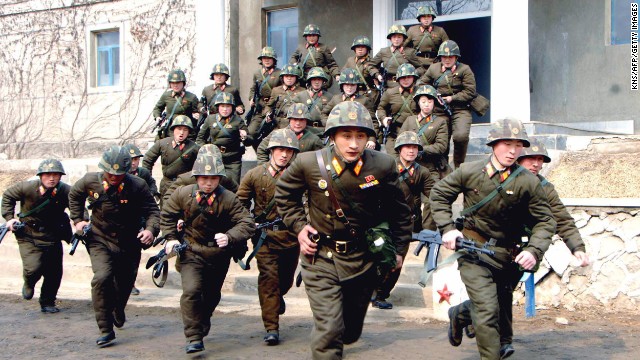
The South: It's not new
South Korea has not treated its neighbor's latest threat as imminent danger.
Seoul noted scores of its personnel had entered the Kaesong Industrial Complex -- a joint economic cooperation zone between the two Koreas situated on the North's side of the border -- on Saturday morning. Hundreds more were set to join them later in the day, seeming to suggest both sides were going about business as usual.
South officials said that North's threats to shut down the complex are part of the North's "measures of putting military alert to highest level," but the South was taking the North's words "seriously," the South Korean Unification Ministry Press Office said.
The threats aren't "beneficial" to the development of the economic zone, the South ministry said. Currently, 310 people work in the industrial complex, the ministry said.
"Our government takes the situation seriously and is prioritizing the safety of our people in Kaesong industrial complex. Our position to maintain stability of Kaesong Industrial Complex remains unchanged," the press office said.
The South hasn't detected, however, any "irregular trend" in the zone, the ministry said.
On Saturday, North Korea attacked that sense of normalcy, questioning the future of the cooperation.
"The entry into the Kaesong Industrial Zone by the south side's personnel has been put in jeopardy," KCNA reported.
The communist government accused Seoul of insulting its dignity with assertions that North Korea would not end the cooperation, because it would be too afraid of losing the revenue it brings.
Pyongyang's declaration it was readying its missiles also did not seem to worry officials in the South.
"The announcement made by North Korea is not a new threat, but part of follow-up measures after North Korea's supreme command's statement that it will enter the highest military alert" on Tuesday, South Korea's Unification Ministry said in a statement.
Threats of annihilation normal for South Koreans
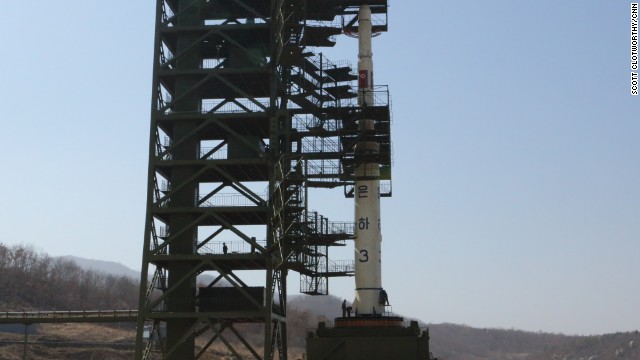
Map appears to show U.S. targets
A day earlier, the same official North Korean news agency reported its leader Kim Jong Un had approved a plan to prepare standby rockets to hit U.S. targets in the Pacific, including in Hawaii, Guam, and South Korea.
Behind North Korea's heated words about missile strikes, one analyst said, there might not be much mettle.
"Unless there has been a miraculous turnaround among North Korea's strategic forces, there is little to no chance that it could successfully land a missile on Guam, Hawaii or anywhere else outside the Korean Peninsula that U.S. forces may be stationed," James Hardy, Asia-Pacific editor of IHS Jane's Defense Weekly, wrote in an opinion column published Thursday on CNN.com.
Behind the veil: A rare look at life in North Korea
U.S. official: We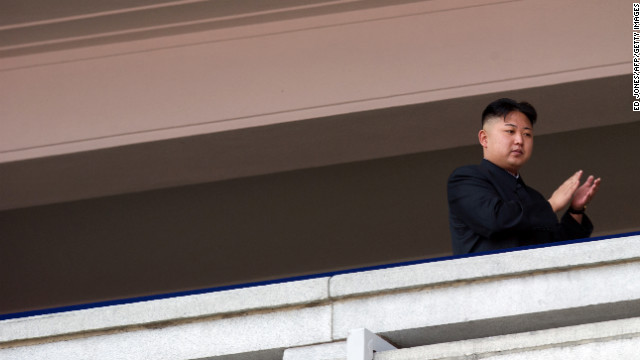 're 'committed ... to peace'
're 'committed ... to peace'
U.S. defense officials said Friday that the North's bantering is destructive.
"This is troubling rhetoric that disrupts the prospects for peace on the Peninsula," the senior official said.
Some observers have suggested that Washington is adding to tensions in the region by drawing attention to its displays of military strength on North Korea's doorstep, such as the flights by the B-2 stealth bombers.
Defense Secretary Chuck Hagel argued against that assertion Thursday.
"We, the United States and South Korea, have not been involved in provocating anything," he said. "We, over the years, have been engaged with South Korea on joint exercises. The B-2 flight was part of that."
Washington and its allies "are committed to a pathway to peace," Hagel said. "And the North Koreans seem to be headed in a different direction here."
Opinion: Why North Korea regime is scary
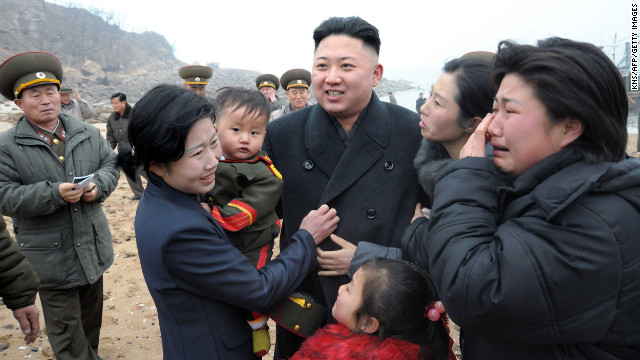
Pyongyang's allies irked
The tense situation has irritated North Korea's traditional allies, China and Russia, drawing regular calls for restraint on all sides in recent weeks. Saturday, the Kremlin repeated this admonition.
"Moscow expects all parties to exercise as much responsibility and restraint as possible in light of North Korea's latest statements," the Russian foreign ministry said according to Russian state broadcaster Russia Today.
China, which has expressed frustration over Pyongyang's latest nuclear test, also called for calm.
"We hope relevant parties can work together to turn around the tense situation in the region," Foreign Ministry Spokesman Hong Lei said Friday, describing peace and stability on the Korean Peninsula as "a joint responsibility."
Sweden's Foreign Minister Carl Bildt noted Saturday that "Beijing likely to try to calm things down," he said on his Twitter account.
"But the Pyongyang regime is the most militarised, the most authoritarian and the most closed in the world," Bildt tweeted.
U.S. officials concerned about North Korea's 'ratcheting up of rhetoric'
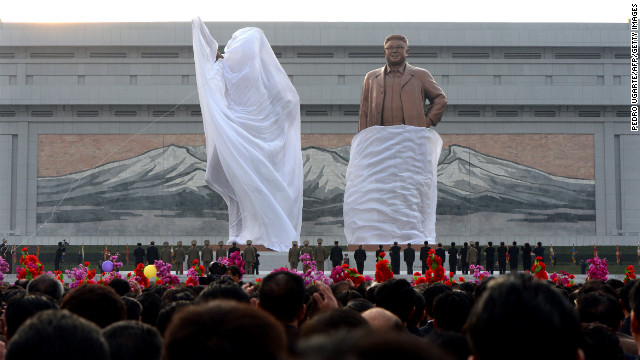
Tensions have been rising for months
Tensions escalated on the Korean Peninsula after the North carried out a long-range rocket launch in December and an underground nuclear test last month, prompting the U.N. Security Council to step up sanctions on the secretive government.
Pyongyang has expressed fury about the sanctions and the annual U.S.-South Korean military exercises, due to continue until the end of April.
The deteriorating relations have killed hopes of reviving multilateral talks over North Korea's nuclear program for the foreseeable future. Indeed, Pyongyang has declared that the subject is no longer up for discussion.
Korean nightmare: Experts ponder potential conflict

